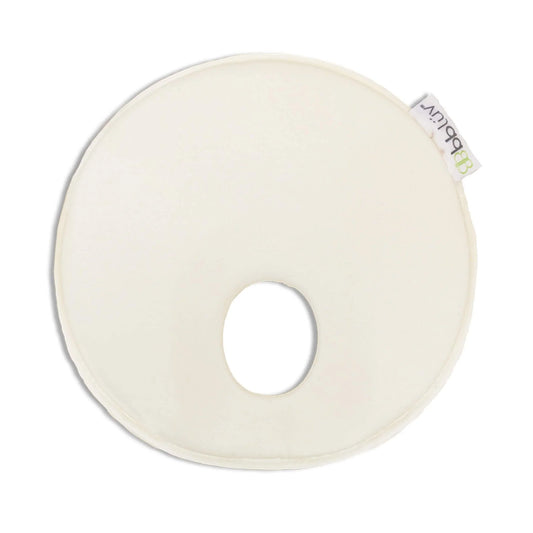Signs that my baby no longer needs his third nap
Typically, the transition from 3 to 2 naps usually occurs between 6 and 8 months of age. However, before making any changes to your baby's schedule, stay consistent for 2 to 3 weeks to make sure your baby is ready for this transition. This is precisely the age when many important developmental milestones occur that can cause some resistance to naps. It's important to pay attention to your baby's cues to recognize when he or she is ready for this change.
The most common signs that your baby is ready to eliminate a nap
- Your baby begins to constantly resist his third nap and you notice that he is not tired at the time he used to take it.
- The length of your naps begins to change and you face short naps .
- His third nap starts later and later and interferes with his nighttime sleep schedule .
- You notice that your little one isn't showing any sleepy signs at bedtime, even if he or she missed his or her third nap.
- Your baby experiences night wakings or wakes up very early in the morning and did not do so before.
With these signs, your baby is letting you know that it's time to lengthen his sleep windows and reduce the number of naps and hours of daytime sleep.
How to transition your baby to 2 naps ?
-
First of all, keep in mind that this is a gradual change. This transition can take anywhere from 1 to 3 weeks before your baby's new nap routine becomes established.
-
It may be slow, but it must be consistent : keep your morning nap at the same time as you usually do.
-
Gradually begin to delay the second nap by 15 to 30 minutes later each day, until you get closer and closer to the desired second nap time. Usually, about 3 hours after your baby wakes up from the first nap.
-
Remember to adjust your baby's sleep or wake windows to make the transition to 2 naps, but don't go overboard with the amount of time your baby can be awake. The idea is not to tire him out, but to find a balance.
-
During this transition, you can, if necessary, move your baby 's bedtime forward to avoid over-tiredness. If your baby is overtired, he or she will have a hard time falling asleep. It is completely normal to adjust your baby's nighttime sleep schedule during the transition process.
-
Don't be afraid to make the change! Set up your new nap schedule and try it out . If your baby starts showing signs of sleepiness during his scheduled awake time, use that time to do stimulating activities and try to keep him awake until it's time for his second nap.
Stay consistent, but be flexible! You may face days during this process when your baby needs 3 naps, but you'll see that your baby's new daytime sleep routine will slowly become established.
To give you an idea of their new nap routine , check out these examples:


Making sure your baby gets the right amount of naps for his age will help him get a quality night's sleep and will even determine his ability to fall asleep at bedtime.








